Enjoy Hiking More Safely
Staying safe and out of harm’s way out on the trail requires proper planning starting with letting people know where you’re going and when you expect to be back. However, even well-equipped, and seasoned hikers aren’t immune to slips, trips, and falls that cause injuries, hypothermia, heat related illnesses, or getting lost. According to the National Police Agency, in 2023 there were 3,126 mountain-related incidents involving 3,568 people. Over the years this blog has been a strong advocate for taking out mountain climbing insurance. Knowing that someone will come looking for you (without financial ruin in the aftermath) if worse comes to worst is reassuring but even better if it can be done in a timely manner – this is where COCOHELI comes in.
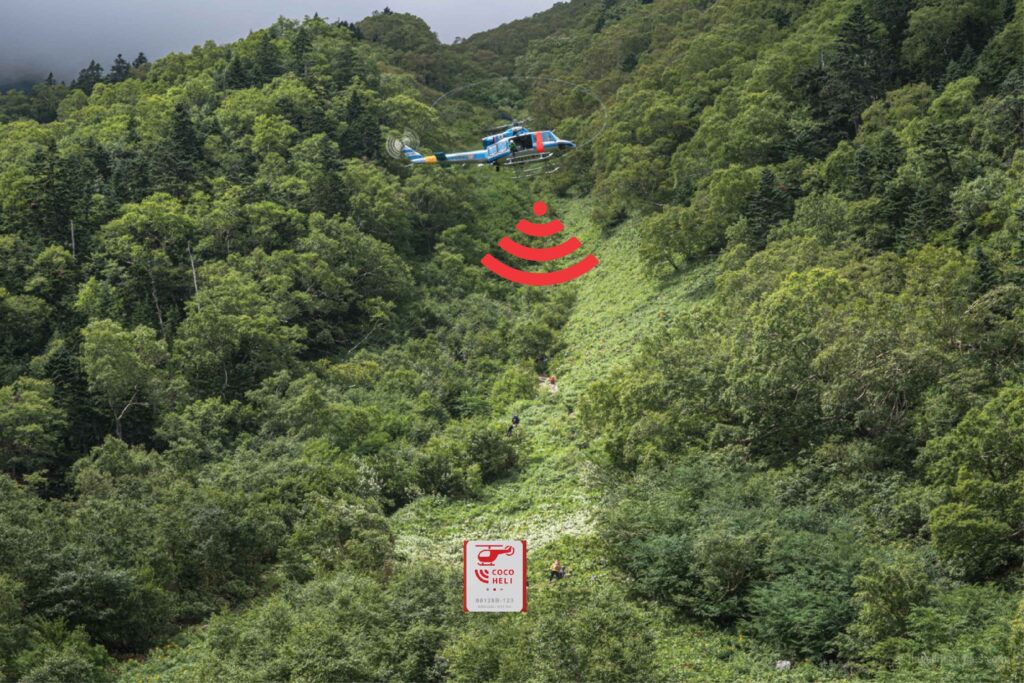
Radio waves emitted by the transmitter can be detected up to 16 km.
COCOHELI in a Nutshell
COCOHELI is a membership-based helicopter search service run by Fukuoka based AUTHENTIC JAPAN that covers most mountainous areas of Japan. It collaborates with police and fire service agencies in 39 prefectures. It excludes Okinawa and outlying islands though includes Yakushima. Members receive a small lightweight (20 g) radio transmitter ‘HITOCOCO’ with a unique ID number that can transmit radio signals up to 16 km using the 925MHz band. The transmitter has the ability to emit radio waves for about 2 to 3 months on a single charge. In the event that a member is lost or injured a search helicopter is dispatched. The emergency call can be made by either the member provided they have cell phone reception or by a friend or loved one on failure to return. Once in the search area a dedicated receiver picks up the radio waves emitted from the transmitter helping to quickly locate the missing hiker. Additional helicopter support may be needed to winch the person or depending on weather and terrain they may need to wait for a mountain rescue team. In other words, COCOHELI finds out where you are, and jRO assists in any follow-up search and rescue undertakings.
Some public associations have started renting the radio transmitters to hikers such as the Osugidani Tozan Center in Mie and Asahidake Visitor Center in Hokkaido. Others even mandate backcountry skiers carry one such as Kawaba Ski Resort in Gunma.
.
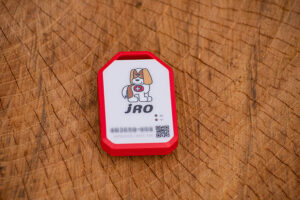

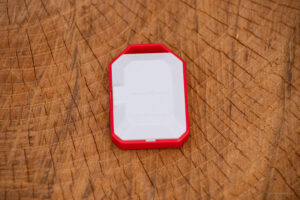
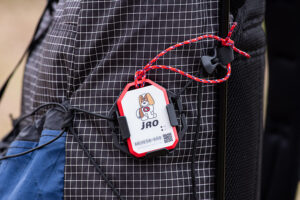
Benefits of Being a Member
I’ve known about COCOHELI for a couple of years, but it only recently dawned on me to sign up. Mainly because I thought having my jRO membership was sufficient and if I really got stuck, I would just use my smartphone (reception permitting that is) to call for help. This seems to be the mind-set of most recreational climbers as according to Kazufusa Kuga, managing director of AUTHENTIC JAPAN out of a pool of some 3 million people who hike three or more times a year only 170,000 (6%) subscribe to the service as of November 2024. Although about 50% of hikers have mountain insurance. I have tried to set straight some misconceptions about COCOHELI below if you’re still on the fence about becoming a member.
The following table summarises the three membership plans. Firstly, the Simple Plan has been grandfathered; however, those who were members prior to the merger retain the lower annual charge. The base plan is recommended for most and includes search and rescue, indemnity and equipment insurance. The GPS+ and Summit plans, introduced in January 2024, utilise real-time tracking using the ELTRES developed by Sony and first used in the Adventure Race Japan. GPS location is transmitted from the radio transmitter to a base station every three minutes, ultimately reducing search time. The flagship Summit Plan also offers death and injury compensation, hospital surgical coverage, and outpatient coverage.
+ A search and rescue helicopter will make up to 3 free flights.
+ Search and rescue up to 5.5 million yen.
+ Equipment insurance up to 30,000 yen in cases of damage or theft.
+ Indemnity insurance up to 100 million yen against a 3rd party.
.
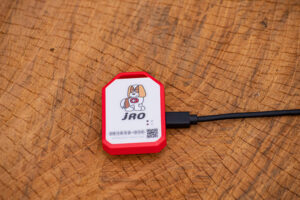
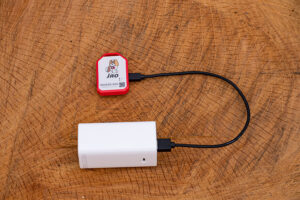

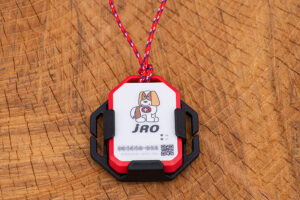
COCOHELI annual membership plans at a glance (2025)
| Insurance Plan | Annual fee | Search and resue | Indemnity insurance | Equipment insurance | Death and injury compensation |
|---|---|---|---|---|---|
| Summit | *¥18,700 | 〇 | 〇 | 〇 | 〇 |
| GPS+ | *¥13,200 | 〇 | 〇 | 〇 | ー |
| Basic | *¥6,600 | 〇 | 〇 | 〇 | ー |
| Simple | †¥4,818 | 〇 | 〇 | 〇 | ー |
*If you sign up through their friendship program and use my code “43464” you can save the enrolment fee.
†Grandfathered account (no longer available).
Can I use a Personal Locator Beacon (PLB)?
Just a quick note regarding personal locator beacons (PLBs) while they are the mainstay of hikers in other parts of the world in Japan they can only be used on the ocean, not on land and must conform to Japan telecommunications standards. The Japan Coast Guard is responsible for PLB related distress signals. If you activate a PLB on land in an emergency situation you may be liable to prosecution. For a better understanding about using PLBs in Japan, Hokkaido Wilds has done a deep-dive on the topic. However two-way satellite messengers such as Garmin inReach and SPOT X are fine to use.
Three Important Points to Remember About COCOHELI
Point 1:
Make sure to charge the battery, turn on the power if need be (newer models turn on automatically after charging) as well as the and carry it with you. It is recommended to attached to the outside of your pack for better reception – the unit itself is water resistant.
Point 2:
Give information about your hiking intentions to a family member or trusted friend including your transmitter ID number. Summit a tozantodoke (intention to climb form) at the trailhead. In the case of an emergency this will narrow down the scope of the search area.
Point 3:
Even if you submit a tozantodoke a search won’t begin unless COCOHELI is notified which can be done either by yourself or someone else by calling their emergency assist line.
Some Misconceptions About COCOHELI
1. Isn’t it geared more towards mountaineers and hard-core climbing crowd?
While the typical image of a distressed climber is someone languishing high above the tree line, the reality is accidents occur just as frequently in low-lying mountains and even on well-trodden trails. So, whether hiking in the foothills of Ome City or climbing Mt. Takao for the umpteenth time carrying COCOHELI radio transmitter is strongly advised.
2. I’m sure I’ll eventually be found.
In Japan if you are missing and cannot be found, your family will be unable to make a life insurance claim against you for 7 years.
3. I always submit a tozantodoke so it shouldn’t be a problem tracking my whereabouts, right?
If you submit a mountain climbing registration form it certainly helps narrow down the search area having said that it’s difficult to pinpoint the location of a distressed hiker especially if he or she has wandered off the trail. In life-and-death situation, the chances of being saved are greatly improved when people can be rescued in as little as 30 minutes from the initial report.
4. In the case of an emergency I’ll just use my smartphone to call for help.
That’s all well and good, if you can actually get a useable reception but isn’t something you can depend on. Your smartphone may be damaged, battery may have died, or you are simply not in a condition to make the call in the case of being incapacitated. Even in places where there are many obstacles, in a valley or deep or undergrowth, the transmitter will continue to send radio waves unless it is completely submerged in water.
5. How long can I expect the transmitter battery to last?
The good news here is the transmitter emits radio waves for about two and a half months if it is 100 percent charged (charging the device once a month is recommended). There is no need to charge it on the go like a regular smartphone.
6. The service is no doubt expensive.
Here’s the clincher, it’s not. COCOHELI has three membership plans with the annual ‘Basic’ plan starting at a very reasonable 6,600 yen which is pretty much all you need and works out at 550 yen per month.
7. It’s okay because my hiking companion carries one.
That’s all fine and dandy for your hiking buddy and perhaps reassuring being with someone who has a COCOHELI transmitter. But what happens if your buddy slips down, and you can’t reach them or if you become separated. Basically, the COCOHELI membership is only meant for one person thus it is important for each person to carry one just in case.
8. Just because you have a COCOHELI membership does not mean that you will be 100 percent discovered, right?
As of 2019 there have been three instances where COCOHELI failed to locate a member after an emergency call was made. While this doesn’t sound overly comforting it should be noted in one case the radio transmitter wasn’t carried by the hiker, in another instance the transmitter wasn’t turned on with one unspecified.
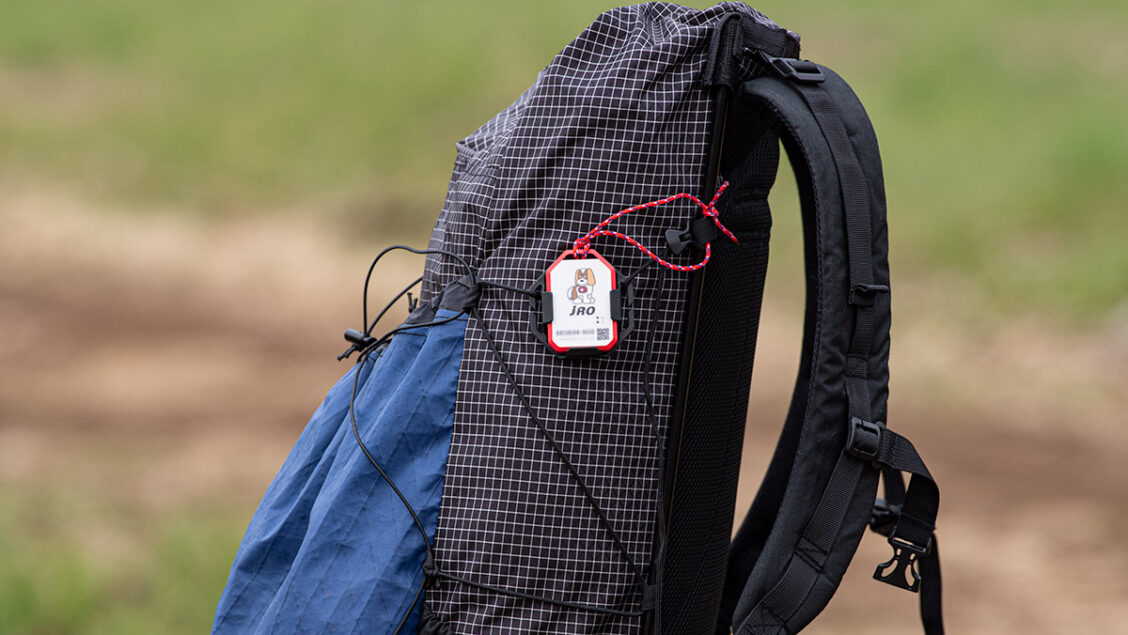

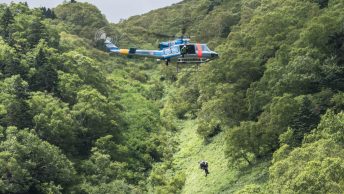
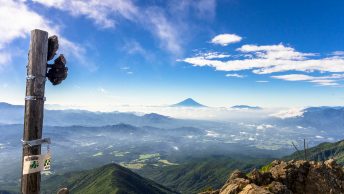
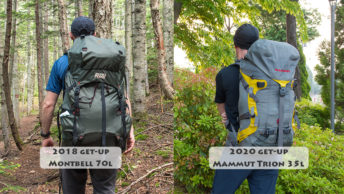
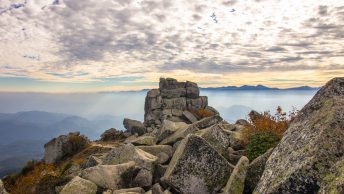
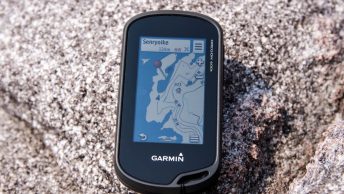
Thank you. You’re an angel to us mountain climbers.
It’s always good to know what you post.
No problem at all Marilita 🙂 Thanks so much for the kinds words.
Since on the topic of safety, is there a website or something to check which trails are close or open and condition?
The closest there is to a one-stop website that lists which trails are open or closed and associated hazards is Yamakei’s annotated online GSI Maps. Also, recommended is reading-through recent trail reports on Yamareco and some local municipalities provide this information on their websites. For example, the status of road and trail conditions in the Okutama area is provided on the Okutama Visitor Center website.
Hi, thanks for all your very interesting and useful posts about hiking in Japan !
I follow you since many years.
Regarding this one, the beacon is always “on” ? And emits radio waves all the time or do you have to manually turn it on to send the signal ?
Thanks.
Thanks for following the blog Nikko. With the newer transmitters (beacons) they are constantly on, so they don’t have an ON/OFF switch. It’s recommended to charge them once a month and a single charge lasts somewhere between 2-3 months.
ok, thanks for this very fast answer 🙂
I google translated their website but google is really not great in Japanese ^^
Being a JRO member for long ,I was double-minded for about utility of coco-heli since I first heard of it, But you explained it so well here that I got sold on idea of subscribing to it.
Thank you so much , I would feel a bit more safer (and responsible towards family) when I am hiking alone ,which is most of time 😉
Thanks Naresh and no problem. If I see something with good utility, I’m happy to sing its praises. Your sentiments about COCOHELI are much the same as I had, just needed a little nudge to sign up also.
I have the joined the COCOHELI service — how do I know if the JRO coverage is included?
Clay, as I mentioned in the article “If you’re a jRO member they have a special sign-up portal with the 3,300-yen admission fee waved until August 31, 2021. For those without a jRO membership can enrol in the whole caboodle with a significant discount here”. It appears they have extended the fee wavier period which is nice. I should add, if you ONLY signed up for COCOHELI i.e. paid ¥7,645 (Simple Plan) than no it doesn’t include jRO coverage. Hope this answers your question.
Thank you for this write up! There isn’t much info about this in English. I’ve just signed up for jRO but before committing to cocoheli, I wanted to hear your thoughts on this versus using an inReach Mini2
Sorry for the slow reply. I’ve just gotten back from a multi-day hike.
First up, an advantage of the Garmin inReach Mini 2 over Cocoheli is that it offers live tracking, which allows friends or family to follow your trip progress via a map website page. Another is that you can send and receive text messages and get weather updates, though for these capabilities you need an active satellite subscription ($14.95 monthly plan or $11.95 monthly plan with an annual contract) to access the Iridium satellite network. In this respect, InReach provides a little more reassurance, but it comes at a cost.
As for Cocoheli, once contact is made by either the distressed person or their emergency contact, there is a good chance they’ll be quickly located. According to their website, 86 percent of missing hikers were found within 3 hours of the start of the search. Personally, I would sign up for Cocoheli now and, at some future point in time, think about the inReach mini if you feel you need that extra functionality.
Thanks for this write-up, David. My coco heli showed in the mail the other day. They are giving it to me for free for the first three months of my jRO renewal.
Good to hear. It will no doubt bring some extra peace of mind. These days, I wouldn’t even consider going for a hike without one.
Hi, thanks for a fantastic blog that i have followed when hiking/climbing in Japan. One question related to Cocoheli. Does the insurance policy cover individuals living permanently abroad?
I have unfortunately moved out of Japan, but do still come back every year to hike, climb and backcountry ski, so now as a foreign resident looking for a good new mountain insurance option.
Thanks!
Hi Henri,
Thank you for your comment and kind words about the blog. Yes, the Cocoheli insurance policy does cover individuals living permanently abroad, as long as the activities take place in Japan. It remains a good option for those who return to Japan for hiking, climbing, and backcountry skiing.
If I understand everything correctly, Cocoheli (+jRO) is a SAR service with equipment insurance (up to 30,000yen)? So technically, we still need a to pay for a separate outdoor insurance to cover all the bases like hospitalization due to injury, etc?
I currently have Cocoheli and a Garmin InReach for my solo-hiking (Yarigataki/Kitadake/etc). What do you think of: letting go of Cocoheli, keep Garmin InReach, and subscribe to Montbell’s 野外活動保険™ (傷害総合保険) outdoor insurance?
Hi Ryan,
You’re correct that Cocoheli (+jRO) is a SAR service with some equipment insurance. The Summit plan does include limited hospital treatment coverage and a daily hospitalisation fee, though your national health insurance (Kokumin-Kenko-Hoken) should cover injury-related hospitalisation costs.
As for switching to Montbell’s outdoor insurance, I’d personally lean toward keeping Cocoheli. While inReach offers SOS and off-grid messaging, I don’t feel the extra cost is justified for hiking in Japan. I rely on a Garmin GPSMAP 67, Cocoheli transmitter, and my smartphone, which I find sufficient. Montbell’s insurance is also significantly more expensive starting at 3,460 yen a month.